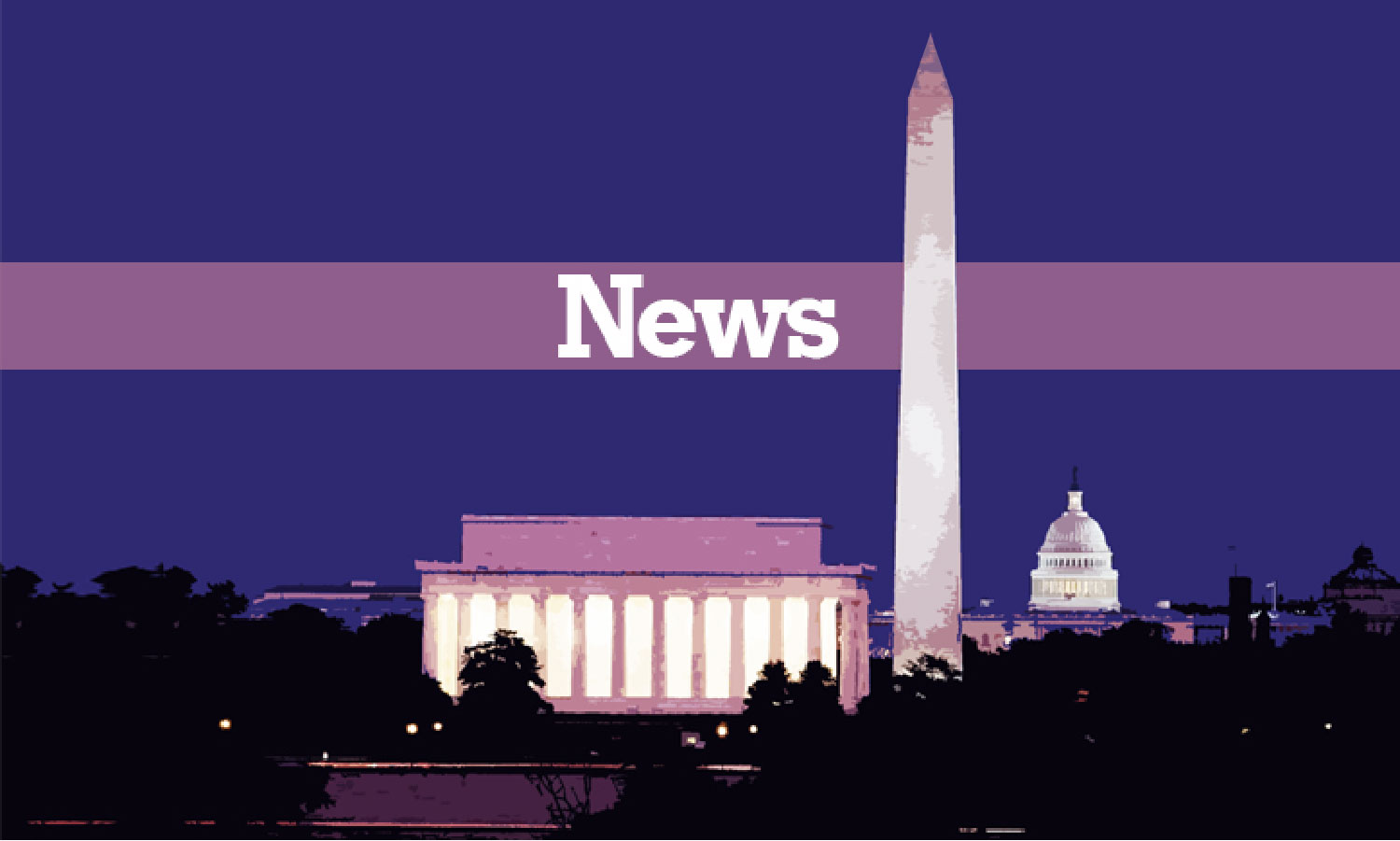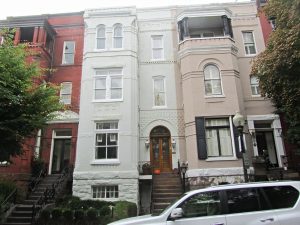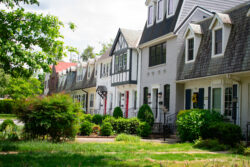Despite being a city with a historically high Black population, Washington, D.C. is by some metrics one of the worst places in the country for Black homeowners today.
Looking at savings and mortgage application data, one team of financial advisors found that it takes Black households an average of almost 13 years longer than white households to afford the down payment on a home in the District. Based on national averages of savings rates and mortgage down payments, this disparity is the highest of any in a U.S. city. Furthermore, Black applicants for mortgage loans face a 27 percent rejection rate compared to just eight percent among white applicants.
Struggles with homeownership in the capital mirror a broader decline in the Black population. Reaching its peak in 1970 at over 71 percent African American, per a university report, the population steadily declined until resting just below 50 percent after 2015, a low not seen in D.C. for the better part of the past century.
The numbers also line up with the personal experiences of the city’s inhabitants. Former ANC commissioner and Black resident Monica Roache was quoted in a 2017 article detailing her experience as a homeowner. “I’ve been in neighborhood meetings as an adult where people look at me like ‘I wonder who that is,’ or ask where I live,” she said. “It’s that assumption that I’m not from here, that look that I get. In actuality, I’ve lived here longer than most people in the room.”
By other metrics, however, D.C. fares better than other cities when comparing Black and white homeownership. An effort to track national homeownership gaps found that the District has one of the nation’s smallest, around 20 percent. No city in the U.S. managed to close the gap entirely, with the smallest gap hovering around 14.5 percent between Black and white homeownership rates, a measure of the percentage of households that own their home.
In spite of this, Black-owned homes in the capital are often worth less than white-owned homes. And an overwhelming majority of data points to broader disadvantages around homeownership, income, and education.
The roots of these disparities extend far beyond recent financial crises and trends in population decline. In the 1930s and ’40s, the Federal Housing Administration ensured only white residents received mortgages, and discriminatory real estate practices shut Black families out of affluent white neighborhoods. In 1948, the Supreme Court finally ruled against racial restrictions on the sale of property, but de facto segregation exists to this day.
A simple illustration of this can be found in D.C.’s wards. Wards 7 and 8 are each home to a 92 percent Black population. Unsurprisingly, they lag behind other wards in terms of income and education levels. Ward 2, particularly affluent and home to Georgetown, consists of a 69 percent white population. Access to medical care, supermarkets, and other services similarly fall along geographic and racial lines.
A 2015 report compiled by Georgetown professor Maurice Jackson on African American affairs in the capital brought to light just such disparity. In the decade preceding the report, median family income in Wards 7 and 8 fell by 10 percent and 17 percent, respectively. Ward 2 showed vastly different growth, with median family income rising almost 65 percent.
The report also predicted that half of new jobs created in the District within the past decade would require a bachelor’s degree or greater; at the same time, half of D.C.’s Black residents have only a high school education. Among white residents, that number is just five percent.
Disproportionate unemployment levels among Black residents also damage the chances of acquiring a mortgage. Especially during the Great Recession and unemployment crises, Black residents were much more likely to be the targets of high-interest loans. A 2009 report found that minority homeowners comprised over 80 percent of high-cost borrowers, putting minority homeowners at increased risk of foreclosure. Well-documented gaps in household savings and net worth—white households in D.C. have an average net worth 81 times greater than Black households—demonstrate the scale of the barrier to Black homeownership in the nation’s capital.
Avenues towards closing these gaps exist: some have proposed allowing alternative data to back up claims to a mortgage such as rental payment history as low credit scores and spotty employment histories are often more the results of circumstance than personal fault. By not penalizing circumstances out of residents’ control, advocates hope to open access to homeownership to a broader range of people.
Recommendations in the report aimed at a long-term resolution, addressing factors that disadvantage Black residents beyond the housing market. Structural inequalities in employment, education, and healthcare were all seen as interrelated factors adding to the difficulty of Black homeownership and the movement of Black residents out of D.C.





